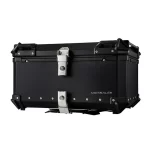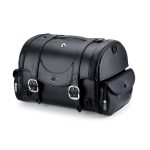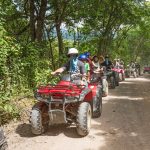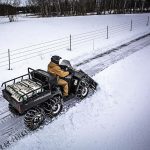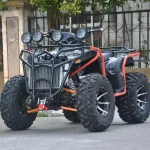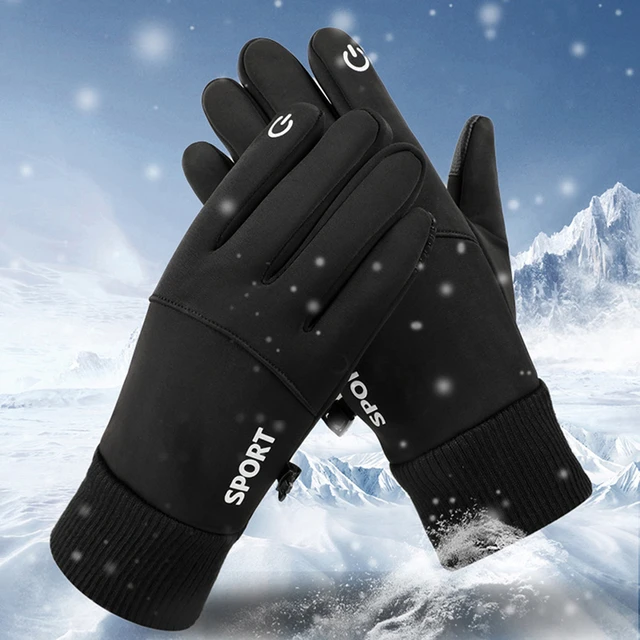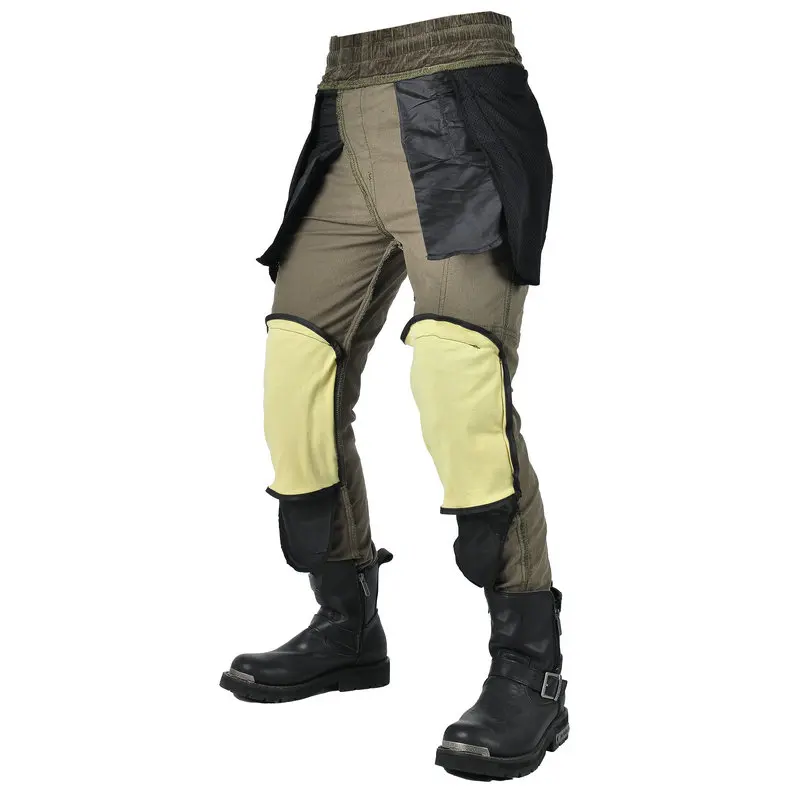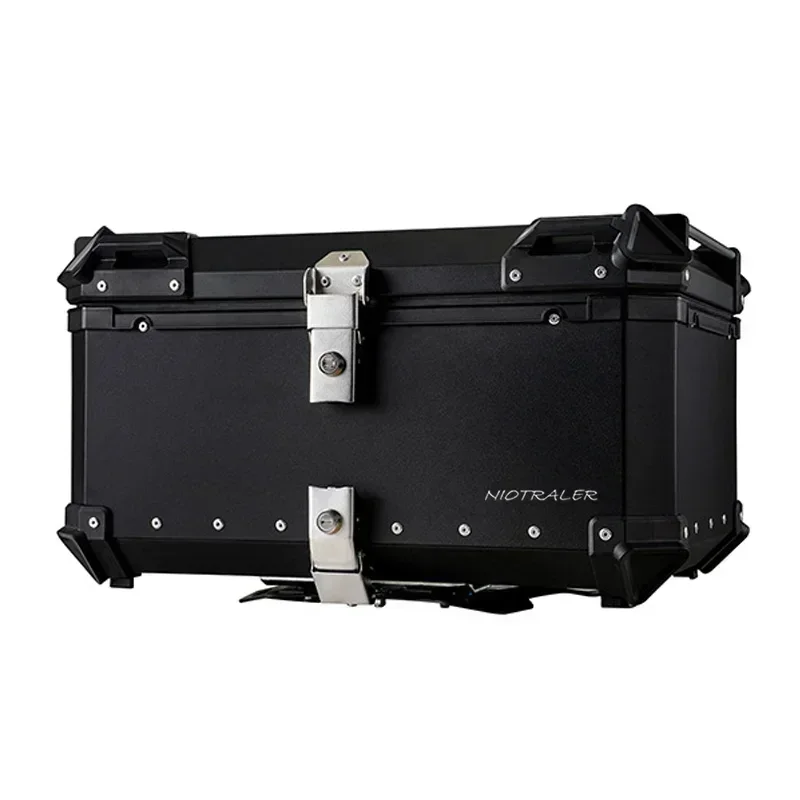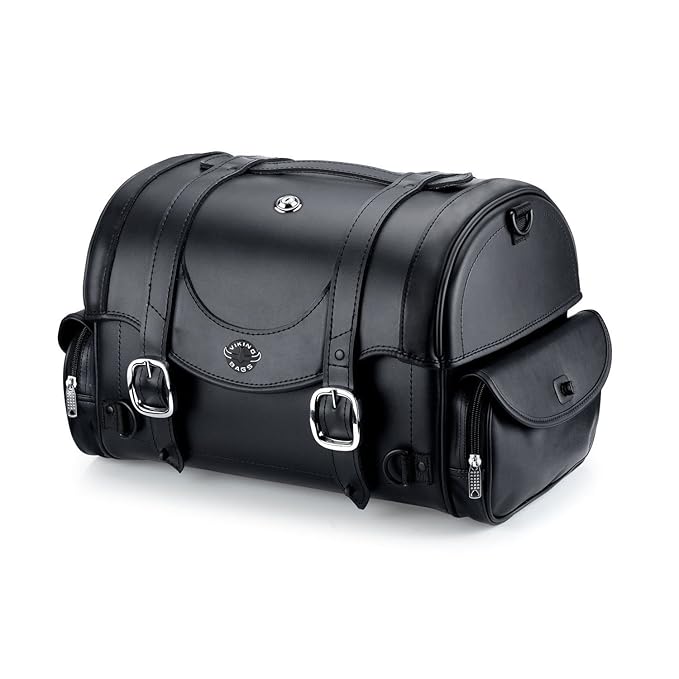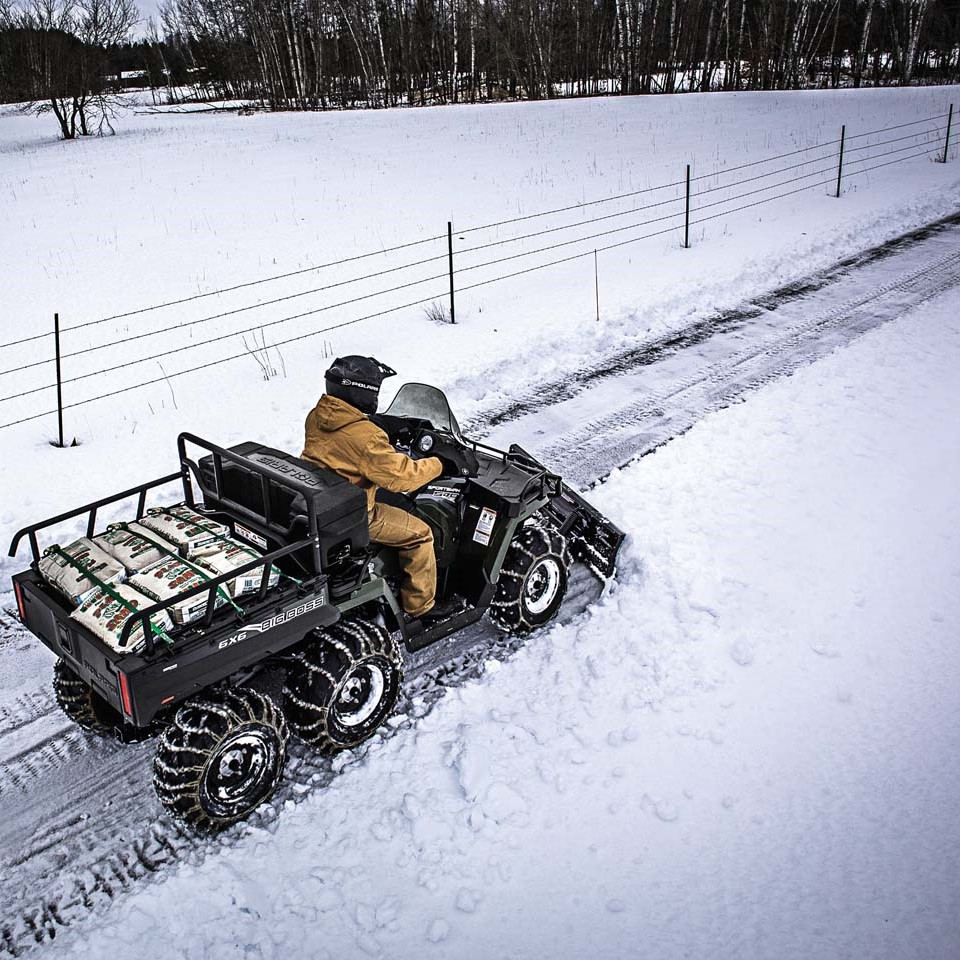Riding a motorcycle in winter is often viewed with a combination of intrigue and caution. While the prospect of navigating through snow-laden roads and chilly winds can be exhilarating, it also presents unique challenges and risks. How can one enjoy the thrill of winter riding while ensuring safety and comfort? Let’s delve into the specifics of preparing, equipping, and riding your motorcycle during the winter months to determine if it’s really worth braving the cold.
Essential Gear for Winter Riding
Gear up appropriately to face the cold and stay protected.
Thermal layers and insulation
Layering is crucial when riding a motorcycle in winter. Start with a moisture-wicking base layer to keep sweat away from your skin, followed by thermal insulating layers like fleece or down. These layers trap body heat and provide warmth. The outer layer should be a windproof and waterproof motorcycle jacket to shield you from the elements. Don’t forget insulated riding pants, which are just as important for maintaining core warmth.
The Heated gear
Heated gear can be a game-changer for winter riding. Heated gloves, jackets, and insoles powered by your motorcycle’s battery or standalone rechargeable batteries offer consistent warmth. Adjustable heat settings allow you to tailor the warmth according to the temperature, enhancing comfort significantly.
Quality gloves and boots
Hands and feet are particularly vulnerable to cold. Invest in high-quality, insulated gloves that offer both warmth and dexterity. Heated gloves are a viable option for extreme cold. For foot protection, waterproof and insulated riding boots are essential. Ensure they have good grip to handle icy surfaces.
Face and neck protection
An insulated balaclava or neck warmer can prevent cold air from penetrating your helmet and jacket. Full-face helmets provide the best protection against wind chill. Consider a helmet with a built-in breath guard or a dual-pane visor to prevent fogging.
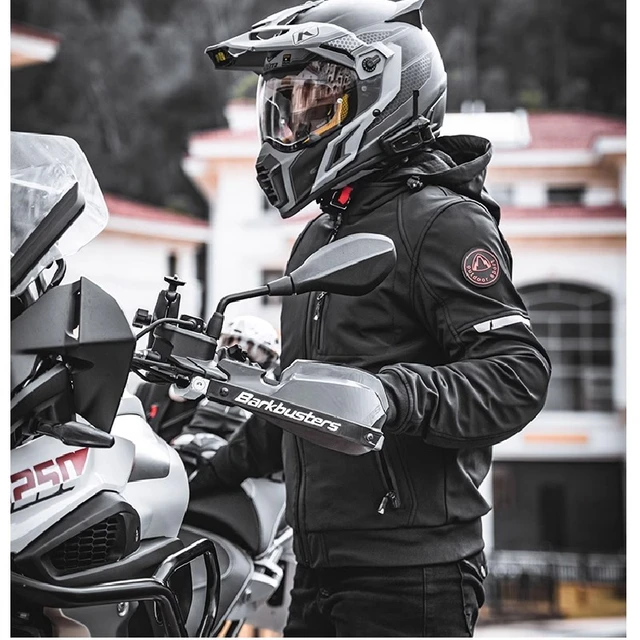 Preparing Your Motorcycle
Preparing Your Motorcycle
Prepare your motorcycle to handle winter weather conditions effectively.
Winter tires
Winter tires designed specifically for cold weather provide better traction on snow and ice. These tires have a softer rubber compound that remains pliable in low temperatures, enhancing grip. Consider switching to winter tires if you plan on extensive riding in sub-freezing conditions.
Fluid checks and maintenance
Cold weather can affect your motorcycle’s fluids. Switch to low-temperature engine oil suitable for winter use. Check coolant levels and ensure the antifreeze mixture is adequate for winter conditions. Regularly inspect brake fluid, as it can thicken in the cold, impacting braking performance.
Battery care
Cold temperatures can drain a motorcycle battery faster. Keep your battery charged and consider a battery tender to maintain optimal charge levels when your motorcycle is not in use. A high-quality battery with strong cold-cranking amps is essential for reliable starts in freezing temperatures.
Visibility enhancements
Winter conditions often mean reduced visibility due to shorter days and inclement weather. Ensure your headlights, taillights, and indicators are functioning correctly. Consider adding auxiliary lights or upgrading to brighter LED bulbs for improved visibility. Reflective tape and gear increase your visibility to others on the road.
Riding Techniques for Winter Conditions
Adapting your riding techniques is crucial for safe winter riding.
Smooth and controlled movements
Winter riding requires smooth and deliberate input to the controls. Abrupt acceleration, braking, or steering can lead to loss of traction. Practice gentle throttle inputs and gradual braking to maintain control. In slippery conditions, brake early and avoid sudden stops.
Maintaining a safe following distance
Increase your following distance to allow more reaction time. Winter roads, especially those covered in snow or ice, reduce traction and increase stopping distances. Keeping a safe buffer zone helps you react to sudden changes in traffic or road conditions.
Cornering with caution
Cornering on slick roads necessitates a more cautious approach. Enter turns at a reduced speed, and avoid leaning too aggressively. Use a higher gear to minimize power to the rear wheel, reducing the risk of sliding out. Maintaining a steady throttle and smooth steering helps navigate turns safely.
Handling black ice
Black ice is a significant hazard in winter riding. It’s often invisible and forms on shaded or less-traveled sections of the road. If you encounter black ice, avoid sudden movements. Try to coast over it by keeping the bike as upright as possible and gently rolling through without braking or accelerating.
Weather and Route Planning
Careful planning can mitigate many of the risks associated with winter riding.
Monitoring weather forecasts
Check weather forecasts regularly to avoid riding in extreme conditions. Look for reports on snow, ice, and wind chill factors. If conditions are predicted to worsen, it’s safer to postpone your ride. Mobile apps and weather websites provide real-time updates that can be invaluable for planning safe rides.
Choosing safe routes
Select routes that are well-traveled and regularly maintained. Main roads are usually plowed and salted, reducing the risk of ice patches. Avoid rural or less-traveled paths where road conditions might be more unpredictable. Familiar roads where you know the bends and potential hazards are a safer bet.
Limiting ride duration
Limit the duration of your rides to avoid prolonged exposure to the cold. Extended periods in cold weather can lead to numbness and slow reaction times. Plan frequent stops to warm up and check your gear. Warm drinks and meals during breaks can help maintain body temperature.
Emergency planning
Always have a contingency plan in case the ride becomes unsafe. Carry an emergency kit that includes a flashlight, basic tools, a first-aid kit, and a charged mobile phone. Let someone know your route and expected arrival time. If conditions become too hazardous, do not hesitate to find shelter and wait for improvement.
Physical and Mental Preparedness
Your physical and mental state significantly influences your winter riding experience.
Staying hydrated and nourished
Cold weather dehydrates the body just as much as hot weather, yet the sensation of thirst might not be noticeable. Drink plenty of fluids before and during your ride. Eating high-energy snacks like nuts and granola can keep your energy levels up, aiding in better concentration and stamina.
Mental focus
Riding in winter requires heightened awareness and concentration. Fatigue can set in quicker due to the cold, so ensure you are well-rested before setting out. Mental preparedness includes staying calm and making deliberate decisions to avoid panic in challenging situations. Regular breaks and mental check-ins help maintain focus.
Understanding your limits
Know your physical and riding limits. Cold weather increases the difficulty level of riding, demanding more from you and your machine. Be honest about your comfort level and experience. If conditions feel overwhelming, it’s perfectly okay to decide not to ride.
Safety Accessories and Gadgets
Utilizing the right accessories and gadgets can significantly improve your winter riding experience.
Heated grips and seats
Heated grips are a popular addition for winter rides, keeping your hands warm and maintaining dexterity. A heated seat can also add a layer of comfort, making long rides more bearable. These accessories are usually easy to install and can transform your cold-weather rides.
Windshields and hand guards
Installing a larger windshield can deflect a significant amount of cold wind, making your ride more comfortable. Hand guards protect your hands from wind and debris, paired with heated grips to ensure your hands stay warm.
Tire chains for motorcycles
In extreme conditions, specialized tire chains for motorcycles can improve grip on snow and ice. While not commonly used, they might be necessary for certain high-risk areas or conditions. Ensure they are compatible with your tire size and check local regulations regarding their use.
Communication systems
Helmet communication systems allow you to stay connected with fellow riders or communicate in case of emergencies. Modern systems offer Bluetooth connectivity for hands-free calling, GPS navigation, and music, aiding in a safer and more enjoyable ride.
Maintenance and Storage Post-Ride
Proper maintenance and storage practices post-ride can prolong the life and performance of your motorcycle during winter months.
Routine checks and cleaning
After each ride, inspect your motorcycle for any signs of wear or damage. Salt and grime can accumulate on your bike, leading to corrosion. Rinse off debris and clean the bike thoroughly. Pay special attention to the chain, brakes, and tires, ensuring they are in good condition for your next ride.
Winterizing when not in use
If you decide to store your motorcycle for part of the winter, proper winterizing is essential. Stabilize the fuel, change the oil, and ensure antifreeze is adequate. Store the bike in a dry, covered location to protect it from the elements. Using a cover can prevent dust and moisture accumulation.
Battery maintenance
Maintaining your battery is crucial during the off-season. A battery tender can keep your battery charged and prevent it from draining. Remove the battery and store it indoors if you are not planning to ride for an extended period.
Tire maintenance
Check tire pressure regularly, as it can fluctuate with temperature changes. Keeping tires properly inflated ensures optimal grip and performance. If storing the bike, consider lifting it on stands to prevent flat spots from developing on the tires.
Legal and Insurance Considerations
Being aware of legal and insurance requirements can prevent complications during winter riding.
Checking local laws
Different regions have specific laws regarding winter riding, including requirements for winter tires or restrictions on certain roads. Familiarize yourself with local regulations to ensure compliance.
Insurance coverage
Verify that your insurance covers winter riding. Some policies might have restrictions or require additional coverage for riding in hazardous conditions. Ensure you have adequate coverage for potential accidents or breakdowns.
Emergency assistance coverage
Consider adding roadside assistance to your insurance plan. Winter conditions increase the likelihood of needing emergency services, and having coverage can provide peace of mind and quick access to necessary help.
Conclusion: Embracing the Winter Ride
Riding a motorcycle in winter can be a thrilling yet challenging endeavor. By equipping yourself with the right gear, preparing your motorcycle adequately, and adapting your riding techniques, you can safely enjoy the unique experience that winter riding offers. Careful planning, regular maintenance, and an awareness of your limits are key to a successful and enjoyable ride. Whether it’s for the love of the ride, the beautiful winter landscapes, or the sense of accomplishment, riding a motorcycle in winter can indeed be worth the risks when approached with proper preparation and caution.

